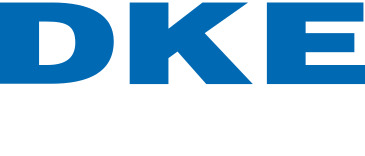Development and Trustworthiness of autonomous / cognitive Systems - Part 6: After Release of the Solution
VDE-AR-E 2842-61-6 specifies a general framework for the development of trustworthy solutions and trustworthy autonomous / cognitive systems, including the requirements for the subsequent phases of Product life cycle (e. g. production, marketing & sales, operation & maintenance, retirement & repair). It defines a reference lifecycle in analogy to the most important standards for functional safety (i. e. IEC 61508) as a unified approach to achieve and maintain the overall performance of the solution and the intended behavior and trustworthiness of the autonomous / cognitive system. In addition, this could lead to a basis for the qualification and conformity assessment of solutions based on autonomous / cognitive systems including elements of artificial intelligence. The

VDE-AR-E 2842-61-6
https://www.vde-verlag.de/standards/0800732/vde-ar-e-2842-61-6-anwendungsregel-2021-06.html
